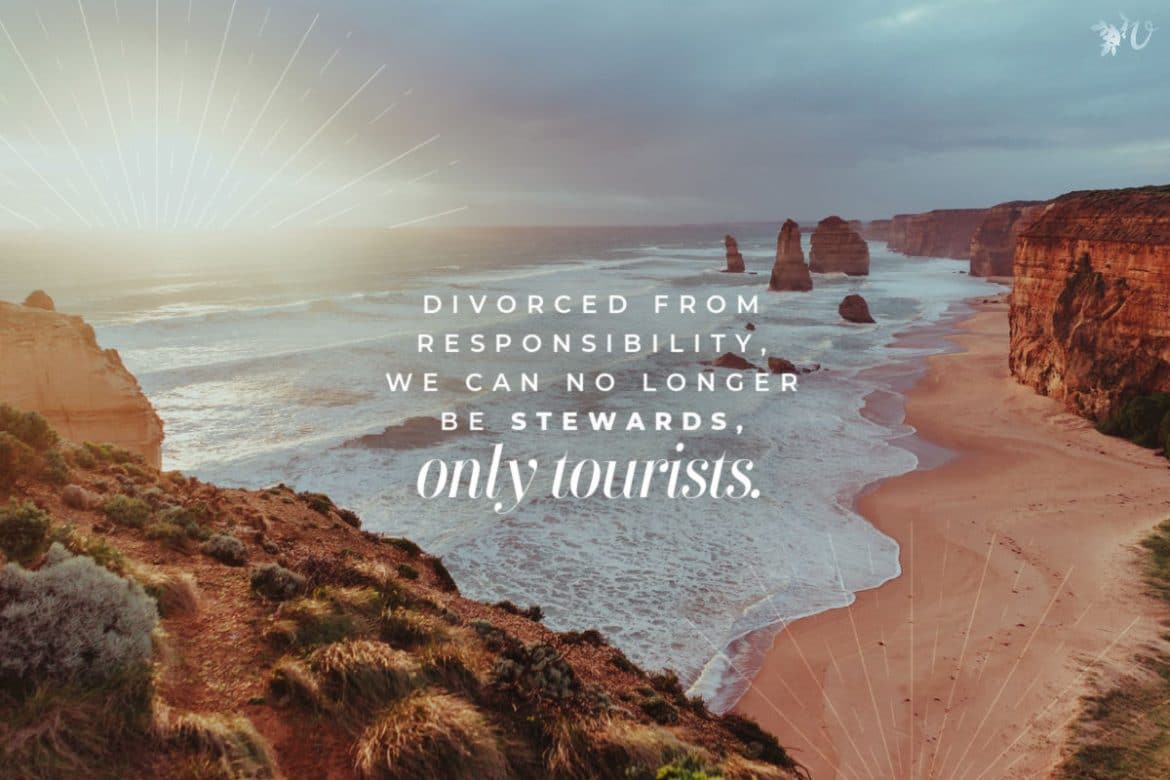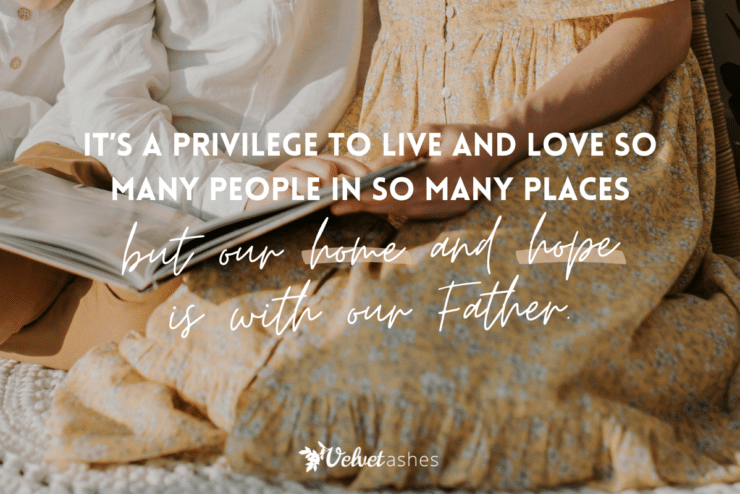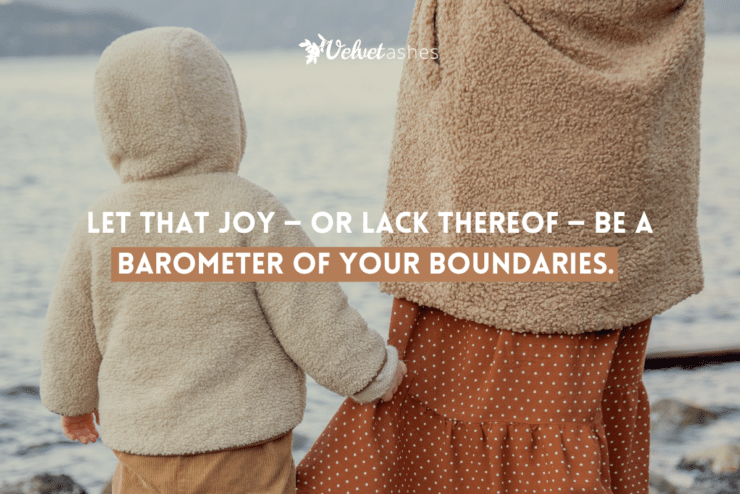A couple of years ago, over the summer holidays, we explored a common feature of southern Victoria: the rock pools along the coast. Most of the bay coastline from Melbourne down to Point Nepean is sandy beach, but right at the beginning of the smooth curve down to the peninsula, rocky shore replaces sand. The rhythm of high and low tides covers the rock and then exposes it, leaving a small amount of water behind in rocky pools.
This harsh environment of wet and dry, protected and exposed, far from being barren, is full of creatures designed to survive the daily fluctuation. On the higher parts of the shore, red algae forms a pink crust along the rock. In low patches of rock, wide and shallow pools house thick rugs of seagrass.
Our kids joined a Parks Victoria program to explore this intertidal reef. The park ranger, Julia, led us out from the parking lot, down to the beach. The kids and their parents fanned out as we reached the rock pools, but Julia soon called us back. As we gathered close to her, she passed around a small handful of seagrass. She pointed out to the water, where a small group of birds swam, necks submerged. They were obviously swans, but I had never seen black ones before. These graceful birds were striking with their black feathers and orange bills. Julia explained a part of the food chain in the intertidal zone, in which these swans eating the seagrass played a pivotal role.
Bending over, Julia picked up a piece of a plant strewn all over the rock shore. Its color was a washed-out olive green, and it was segmented into beads. “Neptune’s Necklace,” she said. Showing us how they stay alive during low tide, she squeezed one of the beads in between her two fingers: a stream of water squirted out. “Oh yeah,” one lanky know-it-all said, “I do that to my dad all the time!”
Julia promised a prize to the first one to find a crab, and the kids quickly scattered to search. After a couple of minutes, one boy, carefully lifting up a rock, called out that he had found one. I bent over to look, but all I could see was mud. My son’s eyes were better than mine, and he exclaimed in recognition. It was only after Julia picked it up that I finally saw it. She turned it over, and, indicating the small triangle shape on its torso, identified it as a male crab. “Females,” she said, “have a half circle instead.”
Next, she showed us the difference between types of snails, first finding one with a round-shaped shell. She compared it to a salad bowl, explaining that shells shaped like that were for herbivores. Carnivores had eye-shaped shells. She picked up a carnivorous snail and a small clam shell, the most typical kind of sea shell found on the beach. She pointed to the small, perfect hole—a hole ideal for threading a string through. What I had always assumed was a happy coincidence that allowed me to create shell necklaces as a child was actually the means of the clam’s death. The carnivorous snails use their siphons to drill a hole into the shell of its prey, squirt in some acid to dissolve the creature, and then suck it up, “Like a smoothie,” the ranger explained. The boys grinned.
Seagrass, Neptune’s necklace, shore crabs, checkerboard snails, limpets: plants and animals, now named and known to me.
***
New as I am to this place, the landscape, creatures, and climate continually give me pause. Something about how different they are from what I’m used to provokes a sense of wonder, an amazement at a world that is far more diverse and beautiful than I could imagine. It’s a wonder that also contains the seeds of regret, as I consider how familiarity with my home too often led to inattention.
“The heavens declare the glory of God,” the psalmist tells us, awed by the way the world around him bears witness to his God, “the skies proclaim the work of his hands” (Psalm 19:1). One of the gifts of living cross-culturally is the opportunity to see God’s glory, the work of his hands, in places unfamiliar to us, in ways that stop us in our tracks and demand our attention.
What, though, is this attention for? As a newcomer, I am easily filled with awe and wonder at the beauty of the creation around me here. Too easily, perhaps? Too easy to use creation for an emotional high, too easy to shrug off any claims of responsibility.
Naming is a first step. In Genesis 1, the Lord appoints Adam and Eve as stewards over creation; in Genesis 2, the Lord brings the animals to Adam to name. The two are not unrelated: to care for something faithfully, it must be known relationally, not in the abstract. Names invite us to know and to tend. Without them, creation remains ambiguous—something to view and experience, not be responsible for. Divorced from responsibility, we can no longer be stewards, only tourists, drawn to creation with a fleeting curiosity.
***
Months after our rock pool exploration with the Parks program, we travelled down to the Mornington Peninsula. Only an hour’s drive, it’s an easy day trip and a popular spot for Melbourne vacationers. We headed first for Flinder’s Blowhole, a name that my husband persisted in saying with a pirate accent the whole way there.
I was prepared for disappointment. Google Maps listed Flinder’s Blowhole as a scenic spot, but online reviews were mixed. Many people said that they were unimpressed, that they couldn’t actually find the blowhole, that it was a waste of a trip. We decided to go anyway, optimistic about avoiding most of the tourist crowds.
As we clambered out of the car to approach the lookout, I looked to the left of our parking spot. Gloriously green hills rolled towards us from the horizon, only to drop off into a deep gully. I felt my heart fill up inside of me.
We looked out briefly over the cliff, but soon the boys were off down the steps that led down to the shore. On our left were the rolling hills, on the right was deep blue ocean meeting sharp, black rock. Down at the shore, the waves had pummeled the black rock, leaving gritty black sand and larger black pebbles. Around the curve of the coast was a rock pool, and we eagerly headed for it.
“Look, boys, do you remember what these are called?” I asked my sons. I pointed to the strands of green pearls, covering the surface of water in one pool. My younger son looked blank. The older one said, “Mmmm….no.”
“Neptune’s…” I began, hoping that the first word would jog their memory.
Sure enough, “Necklace!” the older one exclaimed.
“Yes! Do you remember what they have inside of them?”
“Water!”
Further on, we found more treasures. I am learning their names: red anemone, crab, blue periwinkle mollusk, limpet, and whelk.
What natural wonders have captured your attention in the new places you have lived? How have you found ways to care for the creation in those places?





I am trying to compost on my balcony in Cairo but haven’t had a lot of success, a bit but not a lot.